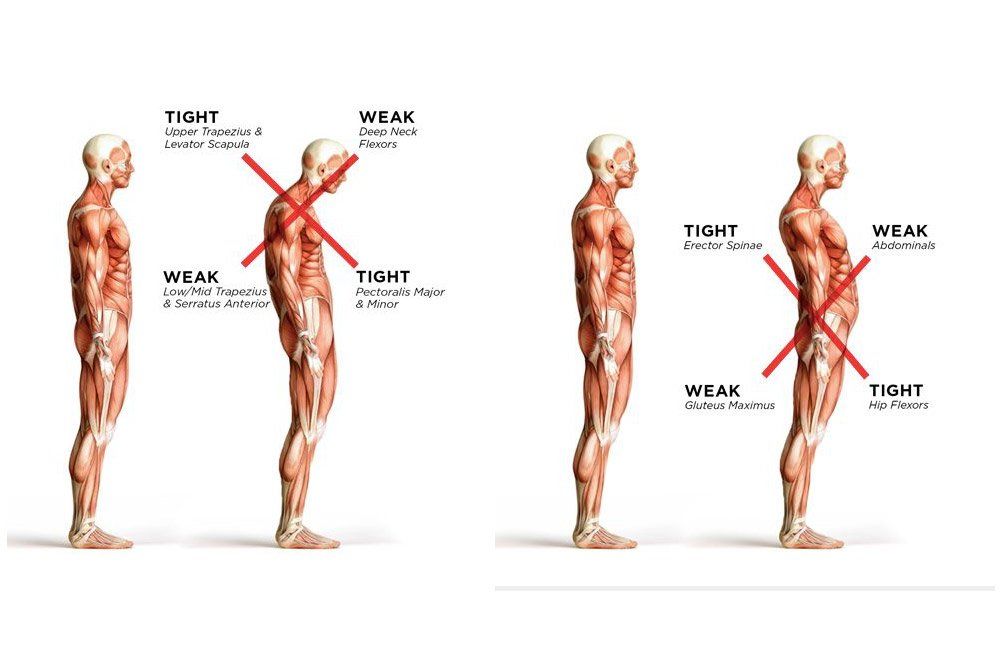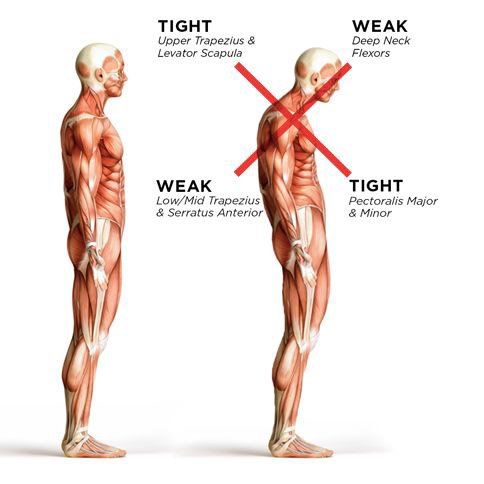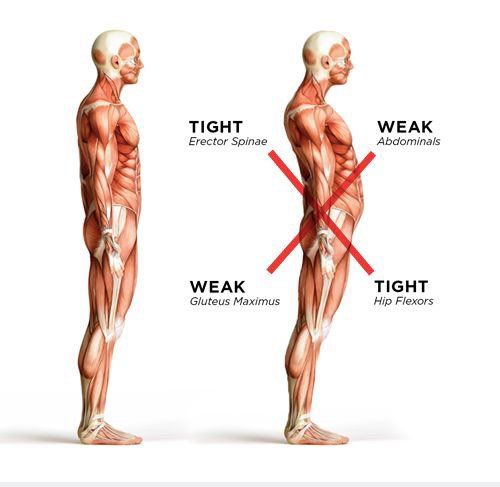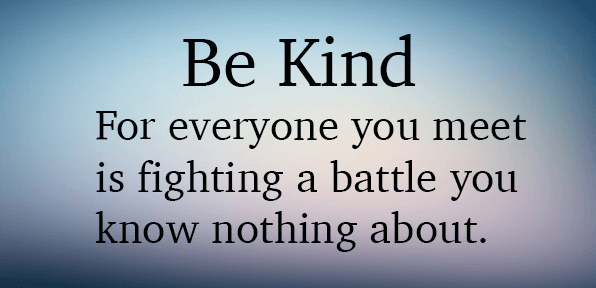BE ABOUT IT

Good Posture; one of the single handedly most important things you can do for your body. “Keep your shoulders back”, “Stand up tall,” “Stand proud,” we’ve heard it all our lives. Well, it’s not a joke. Here is why:
MUSCLE IMBALANCES:
“Muscle imbalances are caused by a sedentary lifestyle; a lack of a variety of movements or prolonged static postural stress due to sitting, standing, walking in straight line. Overuse leads to shortening/tightening (not spasm) of postural muscles. Disuse leads to weakening/inhibition of phasic muscles. Neurological reflex-tightening of one muscle (illio psoas), leads to neurological inhibition of it’s antagonist (gluteus maximus).”
Liebenson C. Integrating rehabilitation into chiropractic practice (blending active and passive care). In: Liebenson C. ed. Rehabilitation of the spine. Baltimore: Williams & Wilkins; 1996: p.
13-14
Muscle Imbalances are everywhere. These are not to make you feel weak or inhibited, it is knowledge to take with you and better your daily living.
What exactly does that mean? The majority of the things we do in life are static, in the sagittal plane (movement either forward and backward), or add stress on the body. If you are unable to move well that will only progress the imbalances even more.
Poor mobility → Muscle Imbalances → Major Issues
These major issues can result from; reciprocal inhibition, synergistic dominance, and arthrokinetic inhibition. Or in simpler terms; when a muscle inhibits another, when smaller muscles or stabilizers step in where they shouldn’t, and when a muscle does not work due to joint dysfunction (respectively).
Okay so how does this have to do with posture? Great question… EVERYTHING.
C-Posture:
How many of us sit at a desk all, day, long? Chances are a lot. And if you are lucky enough to be up and about, you probably spend some time with your head down working on your laptop, sending out texts, eating, etc. The constant head down, neck tense creates a hunch like appearance… which can lead to numerous issues. The shoulders will naturally slump forward and is a direct relation to muscle imbalances and joint restrictions that have developed over your lifetime. This posture is called C-Posture. C Posture is directly associated with the Upper Crossed Syndrome. The Upper Crossed Syndrome breaks down the muscle imbalances that you may be experiencing. You lack extension, and a lot of it! A few common symptoms that you may experience and not even realize can be myofascial adhesions (aka...Trigger points!!), migraines, reduced lung capacity, nerve impingement, neck pain, and rotator cuff injury.

Okay so if it isn’t C-Posture, what else?
S-Posture
S-posture is an excessive arch in the low back or too much pelvic tilt. Which leads us to our next diagram, Lower Crossed Syndrome. And you guessed it, it goes way further than just that. Similarly, prolonged static postures can lead to this, again sitting at a desk. This type of stance automatically puts a lot of stress on the posterior chain especially the muscles of the lower back. While you may feel as though your hamstrings are tight, they are actually taught. When this occurs the anterior chain then relaxes, aka your abs (or lack of). Tight hips? Weak glutes? Weak abdominals? Ouch, you wonder why your back hurts.

If you read through both C-posture and S-Posture, thinking you don’t match either...Congrats you probably have a neutral spine. But that isn’t to say you don’t show any of these symptoms or have other imbalances throughout the body. Muscle Imbalances are everywhere. These are not to make you feel weak or inhibited, it is knowledge to take with you and better your daily living. The good news is, no matter what your posture type you can address these limitations and postures in the gym! Strengthening and stretching go hand in hand. Going back to Geoff’s blog- find a balance between working out and correcting. If your coach supplements exercises or awareness to address a muscle imbalance, it is for a reason. Without taking away from the workout, it may make a bigger difference in your body than you think. So stand tall, stand confident, and stay tuned for my next blog on a few ways to decrease those imbalances!


